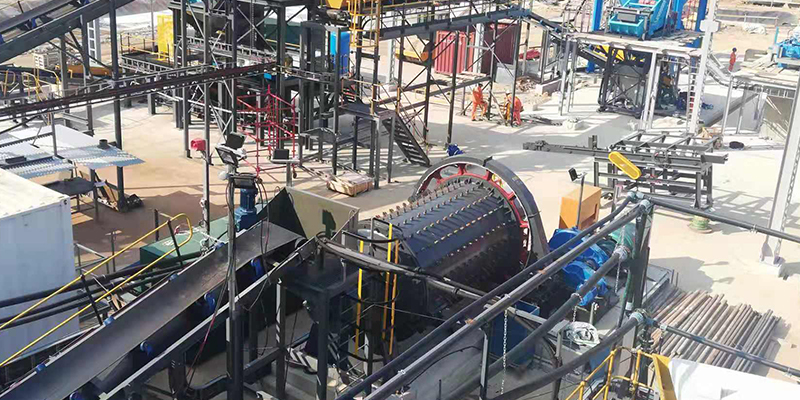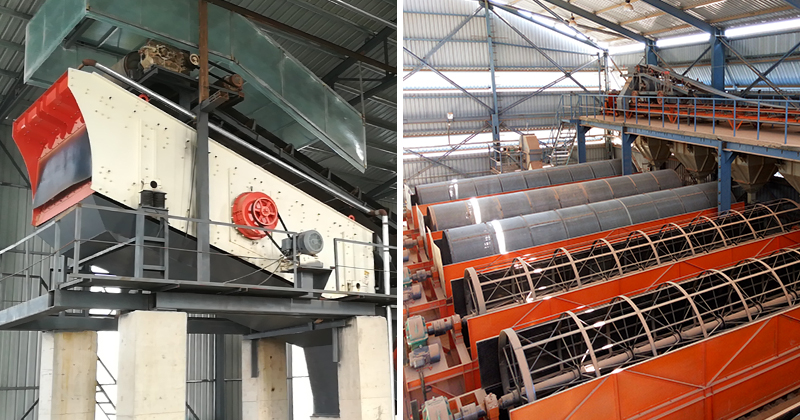Mineral Processing Plants: What You Need to Know
What is a mineral processing plant?

including metal ores, non-metallic ores, clay minerals, building materials and energy minerals.
-
Metallic ores: Gold ore, silver ore, Crusher, lead ore, zinc ore, tin ore, and more.
- Non-metallic ores: Quartz, Crusher, feldspar, fluorite, limestone, and others.
- Clay minerals: Such as kaolin and bentonite.
- Building materials: Marble, granite, sand, and gravel.
- Energy minerals: Such as coal and uranium ore.
Understanding the four stages of mineral processing
comminution, sizing, concentration, and dewatering.
1. Comminution
2. Sizing/Screening
3. Concentration
The most common concentration methods in mineral processing include gravity separation, flotation separation, and magnetic separation.
-
Gravity concentration: This method separates minerals based on their differences in specific gravity. It is effective for separating heavier minerals like tungsten, tin, titanium, gold, platinum group metals, as well as iron and manganese.
- Froth flotation: This technique separates minerals based on their ability to attach to air bubbles. It is commonly used for the separation of copper, lead, gold, graphite, sulfur, and other minerals.
- Magnetic separation: Magnetic separation leverages differences in magnetic properties of minerals. As the slurry passes through a magnetic field, magnetic minerals are attracted, while non-magnetic minerals remain unaffected. It is often used for separating minerals such as iron ore, titanium ore, and chromite.
4. Dewatering
What equipment do mineral processing plants need?
1. Crushing equipment
Equipment Parameters Jaw crusher Max. feed size: 1,200 mm, capacity: 105每1,590 t/h Cone crusher Max. feed size: 450 mm, capacity: 85每2,181 t/h Impact crusher Max. feed size: 800 mm, capacity: 60每2,000 t/h Mobile crusher 50 t/h, 100 t/h, 150每200 t/h, and 300 t/h
2. Grinding equipment
3. Mineral processing equipment


